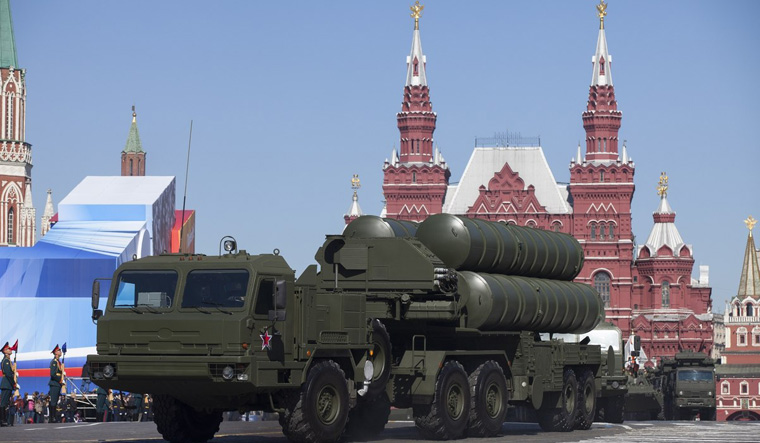As expected, the first squadron of S-400 missile systems is being deployed in the western sector in Punjab, from where it will be able to take on targets including enemy aircraft and ballistic missiles from both China and Pakistan.
“The first squadron is being deployed in the Punjab sector. The batteries of the first squadron would be capable of taking care of aerial threats from both Pakistan and China,” ANI quoted a government official as saying.
Earlier, Foreign Secretary Harch Vardhan Shringla had announced that deliveries of the air defence system had begun.
The S-400 system, acquired from Russia in 2018 at a cost of $5.43 billion. Each S-400 system includes a command and control centre, a 3D phased array acquisition radar, optional tracking radar and firing units with associated multi-mode engagement radar. The acquisition radar can not only detect and track up to 300 targets within a distance of 600km, but can also engage 36 targets at one point.
The range with which the S-400 can track and engage targets depends on their size and speed. The 91N6E radar is said to be able to track ballistic targets with a radar cross-section of 0.4 square metres and a speed of 4,800 m/s for distances up to 230 km, targets with an RCS of 4 square metres can be tracked even further at around 390 km. Larger strategic bombers can be tracked up to 570km away.
Each S-400 battalion has eight launchers, a control centre, radar and 16 missiles available as reloads. There are four kinds of missiles to choose from, from short-range to long range, that can be used depending on the mission type.
The S-400 can be deployed rapidly, within five minutes.
Its acquisition puts India at odds with the US, which has imposed sanctions on countries that acquire the system citing its Countering America’s Adversaries Through Sanctions Act (CAATSA).
The United States has also expressed concern about nations that use American aircraft also operating S-400s, which could track the unique electronics signatures of these aircraft, data which may find its way back to Moscow given the systems’ origin.
In July 2018, Turkey defied threats from the Pentagon and went ahead with its acquisition of S-400 systems. That very month, the Trump administration kicked Turkey out of the Joint Strike Fighter (JSF) F-35 programme.
China received its first S-400s from Russia in 2018, and has been deploying it since 2020.




